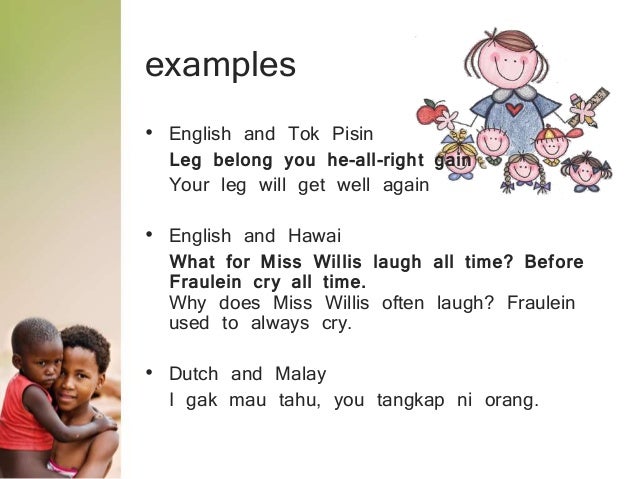

», Linx, 83 | 2021, mis en ligne le 30 décembre 2021ġ Sentence-final particle (SFP) is used here in place of OSU, « The sentence final particle o in Ikwere These excerpts are given in no particular order and are numbered for referencing purposes only.įrom The sentence final particle o in Ikwere Thanks to all those who are quoted in this post. The content of this post is presented for historical, linguistic, cultural, and educational purposes. That post presents selected YouTube discussion thread comments that are examples of "o" at the end of sentences in various African languages. This post presents several online excerpts about "o" at the end of sentences in Yoruba, Igbo, Nigerian Pidgin English and various other African languages.Ĭlick for Part II of this pancocojams series. Findings from new CPE sources also suggest a need for re-examining the historical connections between CPE and other Pidgin English varieties of the Pacific region.This is Part I of a two part pancocojams series on "o" at the end of sentences in v arious African languages.

It will be argued that the emergence of long is a case of multiple etymologies which involves the recombination of phonological, syntactic and semantic features from both English and Cantonese. The creation of long does not conform to the traditional thesis of simply taking the phonetic form from the lexifier language and deriving the grammar from the substrate language. It will be shown that a substantial part of the syntax and semantics of long can be attributed to substrate transfer of a corresponding Cantonese morpheme tung4 'with'. A second function of long is to mark coordination. Long is used to indicate a range of semantic roles: comitative, benefactive, malefactive and source. The significance of long is that it is highly multifunctional and semantically versatile.

This paper examines the origins and grammatical properties of a preposition in Chinese Pidgin English – long – which has not received much discussion.


 0 kommentar(er)
0 kommentar(er)
